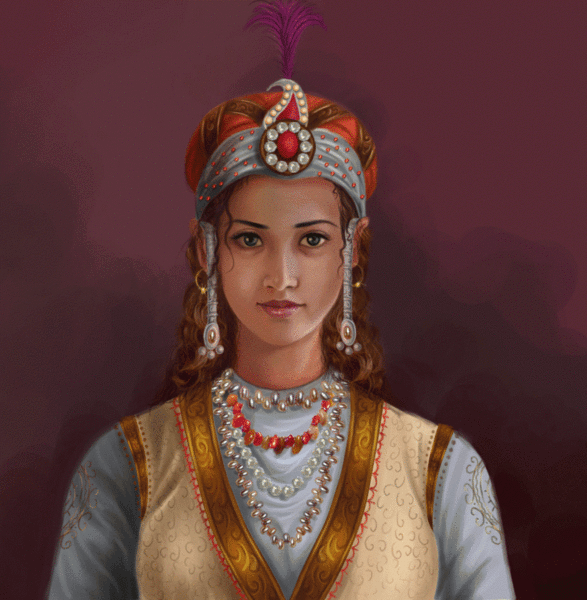
Razia Sultan: India’s Most Underrated Ruler
Razia Sultan: India’s Most Underrated Ruler
Razia Sultan’s short reign in the 13th century was more radical than any other in Indian history
We’ve read about Boudica’s wrath and Joan of Arc’s exemplary leadership. We’ve heard great stories of Queens and lady warriors in Europe and Russia but do we have similar counterparts in India as well?
Yes we do.
India, has been a vast country never fully united in history like it is today. But India’s capital Delhi has seen power struggle and court politics for centuries together.
Most of us may point to the Mughals and say that they were the first to rule from the region of Delhi. Although this is not true.
The first Islamic rulers in India were not the Mughals but the Delhi Sultanate rulers. They came to the subcontinent from Turkey. Since they haven’t left many beautiful monuments to gawk at unlike the flamboyant Mughals, the Delhi Sultanate is almost forgotten by us today.
Nonetheless, as history would have it, the Delhi Sultanate left behind something more important and awe inspiring than even the Taj Mahal– a female ruler.
This female ruler is known to us as Razia Sultan. Unfortunately she isn’t a part of folklore as much as she should be. Razia Sultan is not even prominently mentioned in history textbooks. Let us set history right today and learn more about this incredible Muslim female ruler.
Putting it in Perspective
Iltutmish was the second monarch of the Mamluk dynasty. He came to India as a slave. His ambitions though were bigger than that. He worked his way up and became a favourite of the Emperor Qutub ud din Aibak. Aibak, himself a former slave, was so impressed with Iltutmish that he offered his daughter’s hand in marriage to Iltutmish.
After Aibak’s demise, a brief banter ensued for the throne. Not long after though, the crown landed on Iltutmish’s head. And it would stay that way for another quarter of a century.
Iltutmish had a son, four in fact. Luck though was not on his side. His eldest son Nasir-ud-din Mahmud died in 1229 AD.
Even though he had three more sons, Iltutmish wanted to give them all a fair chance for the throne. Some history records believe that he put all his children to the test, including his daughter.
A Different Childhood
As a young girl, Razia was trained in swordsmanship, administration and all the other disciplines taught to her brothers. The intention of teaching although was different. Razia was taught the nitty gritty of being a ruler in an event where she would have to rule temporarily in place of her husband or son.
Records also suggest that Iltutmish had allowed his daughter to attend court and spend time away from the Harem. This had made her bold, unaffected by the narrow-minded thought processes of other ladies of her time.
She had done exceeding well in her role as administrator for one of her father’s principalities. And since Iltutmish wanted the best of his children on the throne, he started to consider Razia a worth opponent for her brothers.
As Iltutmish’s time drew to a close, he decided to leave prejudices and stereotypes behind him. From his death bed, he named Razia as his successor. She would rule his land that stretched from Prashar in the northwest to the Brahmaputra River in Bengal and Gujarat to Orissa in the south.
'With a royal bow, she tore away the veil… the lioness showed so much force that brave men bent low before her… Conscious of her place in History.' Amir Khusro about Razia Sultan… Click To TweetAfter Iltutmish’s death, the nobles in his court retaliated against his will. They couldn’t bear the idea of a woman ruling them. Defying the last wish of Iltutmish, they crowned his son Ruknuddin Feroze Shah as his successor instead.
As his father would have predicted, Ruknuddin was up to no good. It came to a point where his mother Shah Turkaan had to preside over court matters on his behalf. The people were not happy.
Just 6 months on the throne, Ruknuddin Feroze Shah and his mother Shah Turkaan were assassinated.
Some historians say that Razia was instrumental in bringing down her brother. Wearing red, a colour for rebellion, she addressed a crowd gathered for Friday prayers. She told them she would be a better monarch than her hedonistic brother. If not, she declared, she would step down from her role of power.
The Supreme Ruler
On 10 November 1236, when Razia became the Empress, Iltutmish’s wish came true. It was also a day when history was made. Razia on her part wanted to go down in history books with feisty spirit.
The first thing what she did was call herself a Sultan instead of Sultana, the feminine counterpart. She said Sultana meant the wife of a Sultan, a subordinate. She was second to none. Razia was the head, Jalâlat ud-Dîn Raziyâ.
“With a royal bow, she tore away the veil… the lioness showed so much force that brave men bent low before her… Conscious of her place in History. Razia also took on the title of ‘Sultan’”
-Amir Khusro 13th century
Her second bold move was changing her attire. Razia Sultan drew her veil, and wore more manly clothes. These clothes were more efficient and helped agile movement.
The third step that might have shaken up matters and given Razia immovable authority was when she ordered for her own coins to be minted. They would read “Pillar of Women, Queen of the Times, Sultana Razia, daughter of Shamsuddin Altumish.” Every time the rich nobles went clicking the coins in their purses, they would be reminded that they were ruled by a woman.
No sooner had she come on the throne, she began leaving an indelible mark.
All the way back in 1236 AD, this woman sitting on the Delhi throne, was not to be trifled with. She knew what she wanted.
Razia Sultan began making a few radical changes. Instead of filling her court with Turkish nobles, she brought together a more diverse court.
Her long time mentor Jamaluddin Yaqut, was himself an African-Siddhi slave who had risen to a higher rank in court. She made him the Amir al-Umara, an esteemed job previously reserved for noble blood.
Needless to say, this was not appreciated by the elite classes.
Furthermore, what most people don’t know about this incredible woman, is that she wasn’t just a fair ruler but also a religiously tolerant one.
Some accounts suggest that she was on the verge of eradicating the extra taxes laid on non Muslims. She is even said to have started educational institutions which taught Islamic as well as Hindu texts.
Her revolutionary ideas are what make her more than a trailblazer. She wasn’t only the first and last female ruler at Delhi but also one who made revolutionary changes in her vast empire.
—————————-
7 Instagrammers Name Their Most Influential Women in History
—————————
When Pride Gets in the Way of Logic
Although as is the case today, most men couldn’t digest being ruled by a woman. They wanted to be ruled by a man.
Malik Ikhtiar-ud-din Altunia, Razia’s childhood friend hatched a plan with her brother. Together they planned to take her down and usurp the throne for themselves.
Altunia and Muizuddin Bahram Shah, Razia’s brother, went to war against her. Luck though, was not on Razia’s side. She fought a loosing battle. Her mentor Jamaluddin Yaqut was killed.
Altunia kidnapped Razia and held her prisoner in Qila Mubarak at Bathinda. News spread in Delhi about her ‘affair’ with Jamaluddin Yaqut. Meanwhile, her brother Muizuddin Bahram Shah ascended the throne. Razia though was far from failure. She was just 35, ready to challenge her brother.
Even though she was held captive by Altunia, Razia was provided with lavish living quarters. It is said that Altunia was in love with her. Shortly after, he proposed marriage and told Razia he would help restore her back on the throne. After all Altunia hadn’t got any reward from capturing Razia. Her brother had made it to the throne leaving him behind.
Razia and Altunia, now married set out for Delhi. On their way there, they were ambushed by local landlords or the Jats. Their entourage was hurt and the next day, their army abandoned them.
On 13 October 1240, the Jats killed Razia and Altunia. She was just 35.
————————————–
The Daredevil Story of Rani Laxmibai
————————————–
Synopsis
Since that they, texts and pictures point to three different locations siting them as her tomb. As of today, Razia’s tomb remains a mystery.
If you are ever in old Delhi, there is a worn out stone plaque put up by the Archeological Survey of India. It points to an enclosed quarter between two buildings as Razia’s tomb. Although the plausibility of this being her final resting place is under debate.
Looking at the sad pictures of what might be Delhi’s (and almost half of India’s) first and last female ruler, it makes me angry.
There is enough technology to look for Razia Sultan’s remains. And if at all they can’t find it, shouldn’t they put in efforts to protect what is left of her?
Razia Sultan deserves more respect than what we have given here, doesn’t she?
An old Bollywood movie about Razia Sultan starring Hema Malini talks about Razia’s love life. Isn’t this frustrating? What most people narrate about Razia Sultan’s story is her alleged love affair. Nobody mentions her astounding triumphs.
Share ‘Razia Sultan: India’s Most Underrated Ruler’ post with your friends to spread Razia’s true story. She might be my new favourite Woman in History…. What about you?
Razia Sultan: The Most Underrated Ruler www.giglee.in/razia-sultan-indias-most-underrated-ruler Click To TweetDo you know something about Razia Sultan’s story I haven’t mentioned here? Please comment it below.
If you want to get more posts like ‘Razia Sultan: India’s Most Underrated Ruler’ please enter your email id here. I promise I don’t spam:)
NOTE: The Bibliography for this post is missing. Please help us credit the sources that deserve it. If you believe your work, or a work you know of needs to be cited here, please write to editor@giglee.in to inform us. DISCLAIMER: The intention of this article is not to hurt anyone's sentiments. The thoughts expressed in the article are purely those stated by the author of the work. The information provided on this website may not be complete, reliable, accurate and/or updated. The details you share with the website will not be shared or sold. We are not liable if in case of theft, your data is stolen. The content on this website is provided without any warranties whether express or implied. If you have a doubt, query or complaint please write to editor@giglee.in and we shall respond as soon as possible.





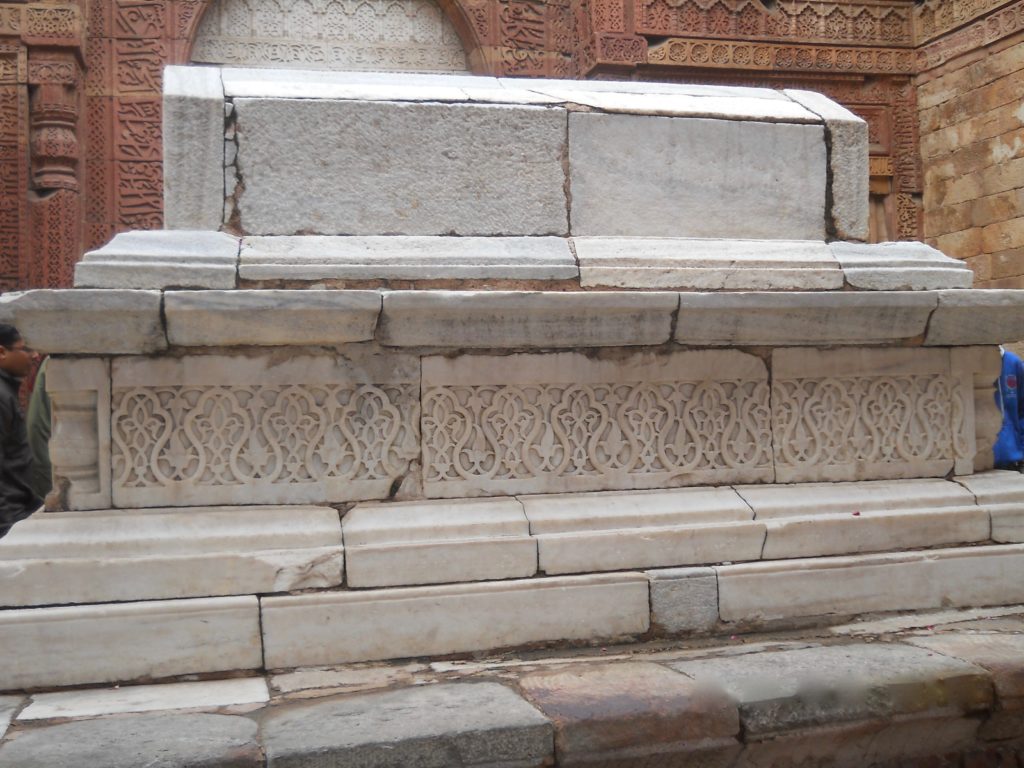

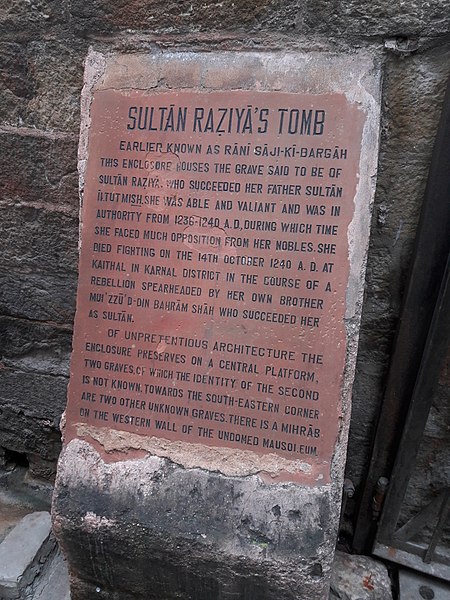
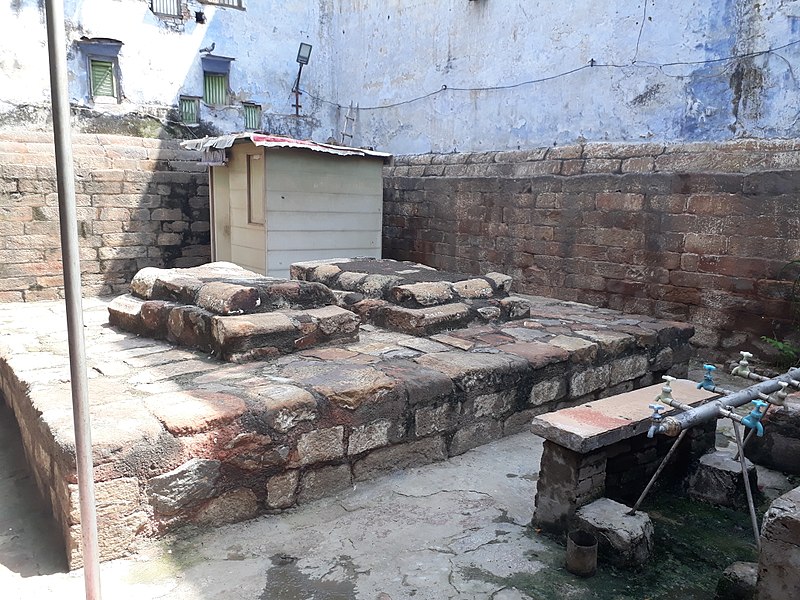


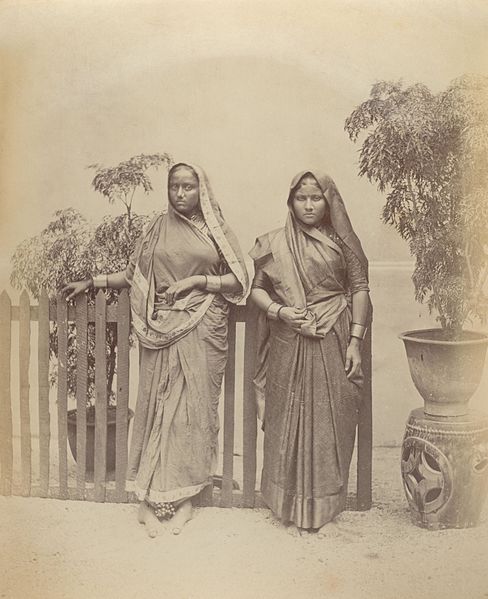

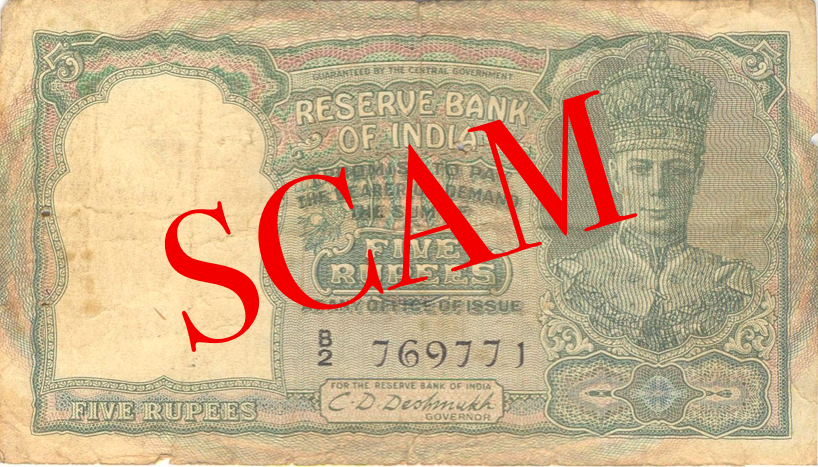

Comments
Raziya Sultan is one of my favourite characters in history. A thousand pities that her rule did not last long. I really wonder what course Indian history would have taken if she had ruled as long as her father had done.
Yes truly, perhaps our society might even have looked at female leaders in a new light…..Doesn’t history always make us wonder what might have happened if..?